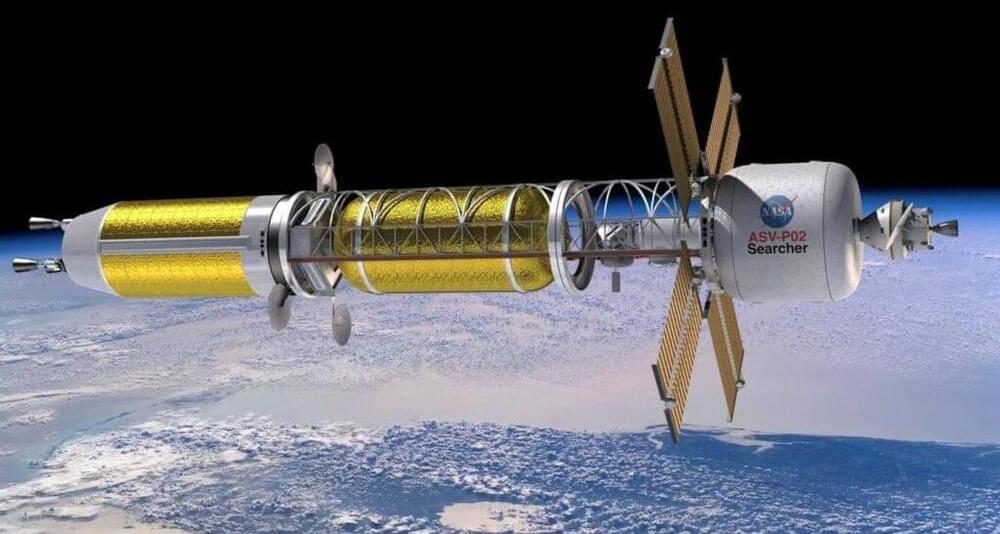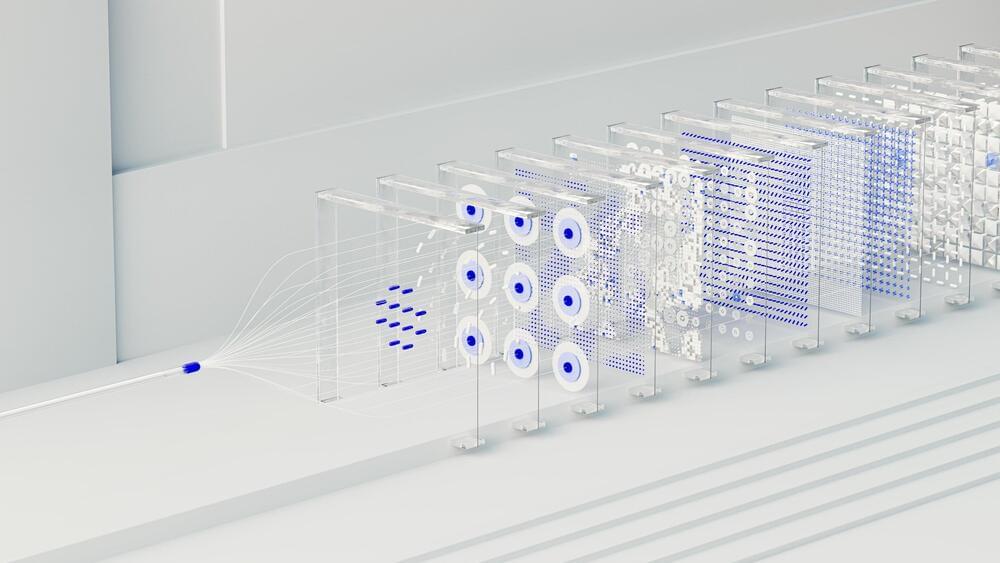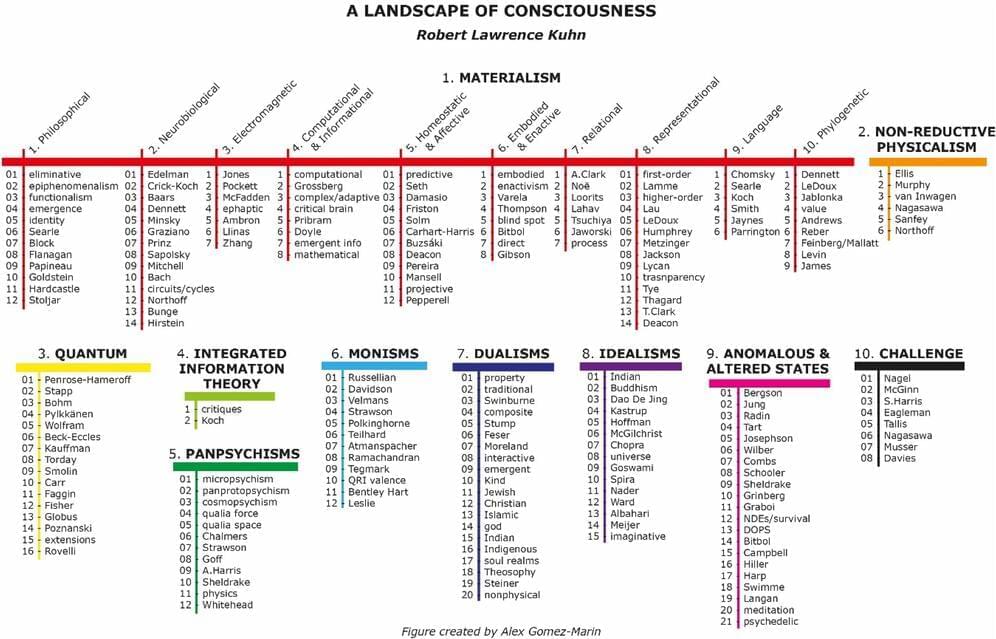Oct 29, 2024
Nuclear Rockets could Travel to Mars in Half the Time, but designing the Reactors that would Power them isn’t
Posted by Natalie Chan in categories: chemistry, nuclear energy, particle physics, space travel
NASA plans to send crewed missions to Mars over the next decade—but the 140 million-mile (225 million-kilometer) journey to the red planet could take several months to years round trip.
This relatively long transit time is a result of the use of traditional chemical rocket fuel. An alternative technology to the chemically propelled rockets the agency develops now is called nuclear thermal propulsion, which uses nuclear fission and could one day power a rocket that makes the trip in just half the time.
Nuclear fission involves harvesting the incredible amount of energy released when an atom is split by a neutron. This reaction is known as a fission reaction. Fission technology is well established in power generation and nuclear-powered submarines, and its application to drive or power a rocket could one day give NASA a faster, more powerful alternative to chemically driven rockets.


















